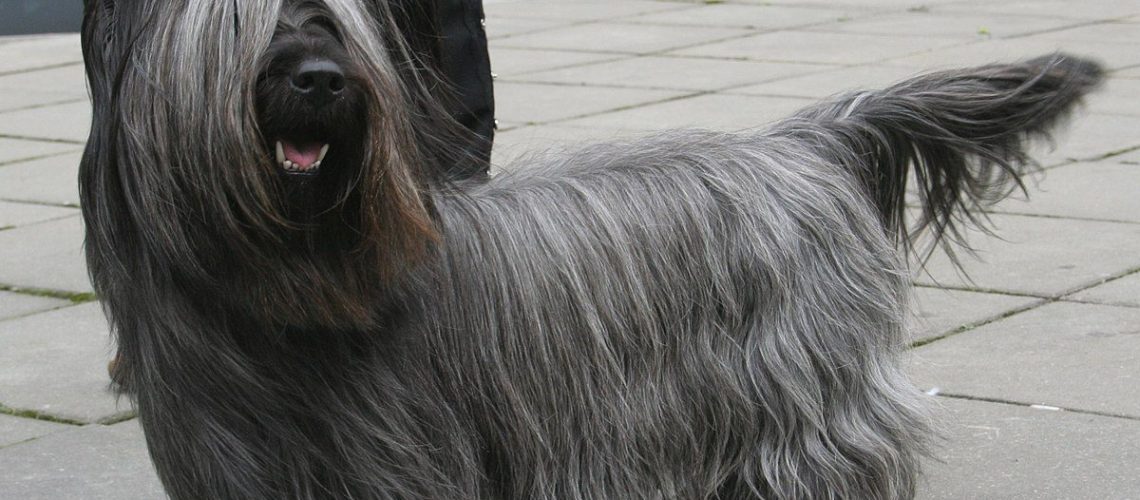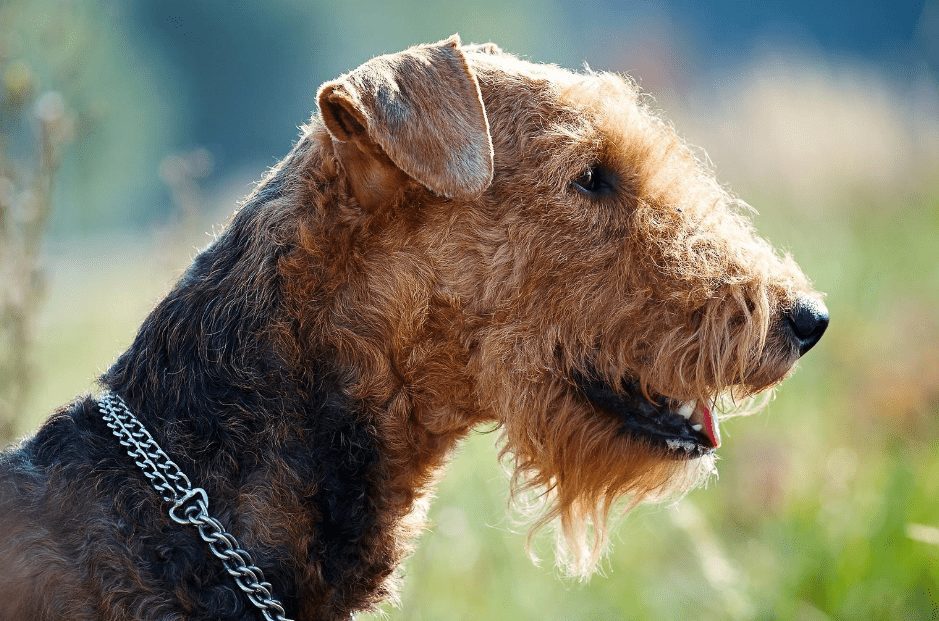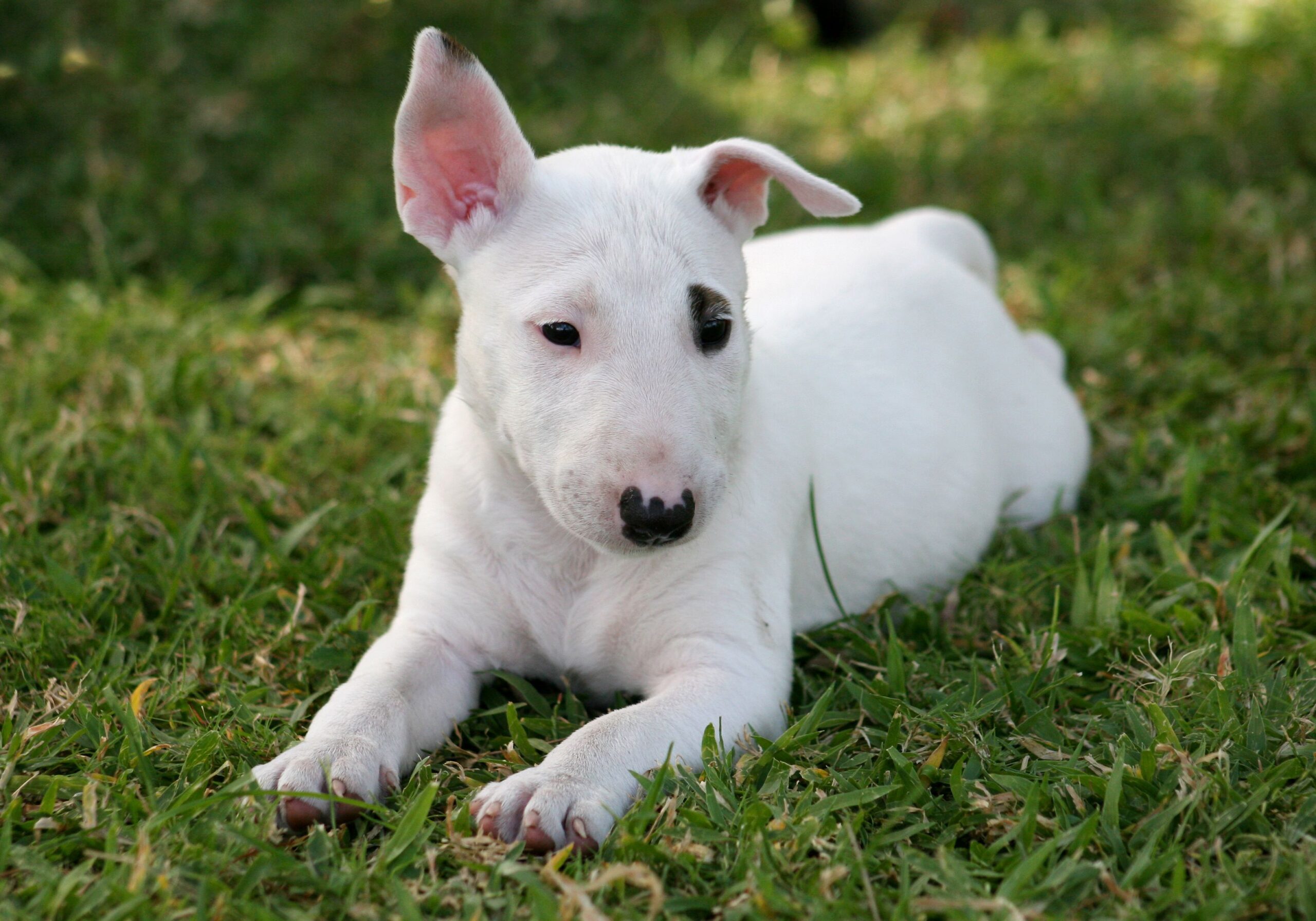Key Takeaways:
- Skye Terriers are a small-sized dog breed known for their long, flowing coats and distinctive appearance.
- They are loyal and affectionate companions, but can be reserved with strangers, making them excellent watchdogs.
- Their grooming needs are high, requiring regular brushing and occasional professional trimming to keep their coat healthy and tangle-free.
- Exercise is important for Skye Terriers to prevent obesity, but they do not require intense physical activity and are content with moderate exercise like daily walks.
- Skye Terriers have a relatively low tolerance for hot weather due to their thick coats, so they should be kept in cool environments during warmer months.
Are you ready to embark on a journey into the enchanting world of Skye Terriers? These adorable and intelligent dogs have captured the hearts of dog lovers worldwide, and by delving into this subject, you will discover a treasure trove of valuable information. Whether you are considering getting a Skye Terrier as your new furry companion or simply want to expand your knowledge about different dog breeds, understanding the characteristics and care of these remarkable creatures is essential. From their unique appearance to their loyal nature, we will explore all aspects of Skye Terriers in this captivating guide. So, grab a cup of tea, get cozy, and let's dive into the fascinating world of Skye Terriers!
What is a Skye Terrier and what makes it unique?
The Skye Terrier: A Loyal and Brave Companion
The Skye Terrier is a small but sturdy breed known for its long, flowing coat and distinctive appearance. These dogs originated on the Isle of Skye in Scotland and were originally bred to hunt small game like rats and rabbits. They have a strong prey drive and are excellent at catching vermin.
One of the things that make Skye Terriers unique is their loyalty and devotion to their owners. They form strong bonds with their families and are always eager to please. Despite their small size, they have a courageous nature and will fearlessly protect their loved ones if they sense any danger.
How does the Skye Terrier's appearance help it adapt to different places?
An Adaptable Coat for All Climates
The Skye Terrier's long, double coat serves as protection against various weather conditions. This breed's outer coat is dense, wiry, and waterproof, which helps keep them warm and dry in colder climates. The undercoat provides insulation by trapping air close to the body, keeping them cool in warmer temperatures.
This adaptable coat also helps protect the Skye Terrier from scratches or bites when hunting or exploring rough terrains. Their fur acts as a natural armor against thorns, brambles, or other potential hazards they may encounter during outdoor adventures.
Caring for a Skye Terrier: Grooming and exercise needs
Grooming: Maintaining the Magnificent Coat
A key aspect of caring for a Skye Terrier is regular grooming to keep their beautiful coat healthy. Brushing their long hair several times a week helps prevent matting and removes any loose hair. It is also important to trim their nails regularly and clean their ears to avoid infections.
Exercise is crucial for Skye Terriers, despite their small size. They have moderate energy levels and enjoy daily walks or playtime in a securely fenced yard. Mental stimulation through interactive toys or training sessions is also essential to prevent boredom and keep them happy.
Why socialization and training are important for Skye Terriers
Socialization: Building Confidence and Friendliness
Skye Terriers are naturally wary of strangers, making early socialization vital to ensure they grow up to be well-rounded dogs. Introducing them to different people, animals, and environments from a young age helps them develop confidence and prevents shyness or fearfulness.
Tips for Socializing a Skye Terrier:
- Arrange puppy playdates with other friendly dogs
- Expose them to various sights, sounds, and smells in different locations
- Enroll them in puppy classes or obedience training
- Reward positive behavior with treats and praise
Training: Cultivating Obedience and Mental Stimulation
Obedience training is essential for Skye Terriers as it ensures they understand basic commands such as sit, stay, come, and heel. This breed is intelligent but can be independent-minded at times, so consistent training with positive reinforcement techniques is key.
Tips for Training a Skye Terrier:
- Use rewards like treats or toys as motivation during training sessions
- Keep training sessions short but frequent to maintain focus
- Be patient and consistent with commands and expectations
- Seek professional help if experiencing difficulties
Potential health issues in Skye Terriers and how to prevent them
Common Health Concerns in Skye Terriers
Skye Terriers are generally healthy dogs, but like all breeds, they can be prone to certain health issues. Some of the common conditions seen in Skye Terriers include:
- Hip dysplasia: A condition where the hip joint doesn't develop properly.
- Autoimmune diseases: Disorders where the immune system attacks the body's own cells.
- Hypothyroidism: A thyroid gland disorder that affects metabolism.
To prevent these health issues, it is important to choose a reputable breeder who conducts health screenings on their breeding dogs. Regular veterinary check-ups, a balanced diet, and regular exercise also play a crucial role in maintaining a Skye Terrier's overall well-being.
The best living environment for a Skye Terrier
An Ideal Home for Skye Terriers
Skye Terriers can adapt well to various living environments but thrive best in homes where they receive ample attention and companionship. They are suitable for both apartments and houses, as long as they have enough mental and physical stimulation throughout the day.
While Skye Terriers enjoy outdoor activities, they should not be left alone outside for extended periods as they crave human interaction. A securely fenced yard provides them with space to explore safely. Additionally, their long coats make them more susceptible to heatstroke, so it's important to provide shade and fresh water during hot weather.
Finding a reputable Skye Terrier breeder or considering adoption
Choosing a Skye Terrier: Breeder vs. Adoption
If you've decided that a Skye Terrier is the right breed for you, there are two main options to consider: finding a reputable breeder or adopting from a rescue or shelter. Both choices have their advantages, so it's important to weigh them carefully.
When choosing a breeder, look for someone who prioritizes the health and well-being of their dogs. They should be able to provide health clearances for their breeding dogs and be willing to answer any questions you may have. Adoption is another great option as it gives a loving home to a dog in need. Many rescue organizations have Skye Terriers available for adoption, and they often provide valuable information about the dog's temperament and behavior.
In conclusion, the Skye Terrier is a loyal and intelligent dog breed that requires proper care and attention. With their unique characteristics and needs, they can make wonderful companions for those willing to provide them with love and care.
What are the pros and cons of Skye Terriers?
These dogs are suitable for apartment living as they have moderate exercise needs, but they may bark excessively. They are intelligent but can be stubborn to train. While they are generally friendly with their own family, they can be distant with strangers and may show aggression towards other dogs.
Are Skye Terriers good pets?
Skye Terriers are known for being highly protective and may exhibit aggressive behavior towards strangers. Early socialization is important to prevent them from becoming overly wary or fearful. However, their loyalty and devotion make them excellent companions.
What are some interesting facts about Skye Terriers?
Farmers bred Skye Terriers to protect their farms from pests like foxes, badgers, and otters. While they may be known for their elegant appearance, Skye Terriers were actually bred as working dogs and had to be incredibly brave and tough.
Are Skye Terriers good with children?
Skye Terriers have a gentle and loving temperament. They are devoted to their families and are great companions for both adults and children. Additionally, they are recognized for their calm and obedient behavior.
What are the calmest terriers?
The Border Terrier is a unique breed within the terrier group, known for being calmer compared to other breeds. While most terriers are energetic and determined, the Border Terrier still possesses a lively and playful nature that terrier owners appreciate. This breed offers a slightly more relaxed temperament while maintaining the typical terrier energy.
Are terriers high anxiety dogs?
Although all dogs can experience anxiety, particularly in the presence of unfamiliar people and loud sounds, certain dog breeds have a higher likelihood of experiencing this. Lagotto romagnolos, wheaten terriers, and mixed breed dogs are examples of breeds that may have an increased susceptibility to anxious reactions.

















